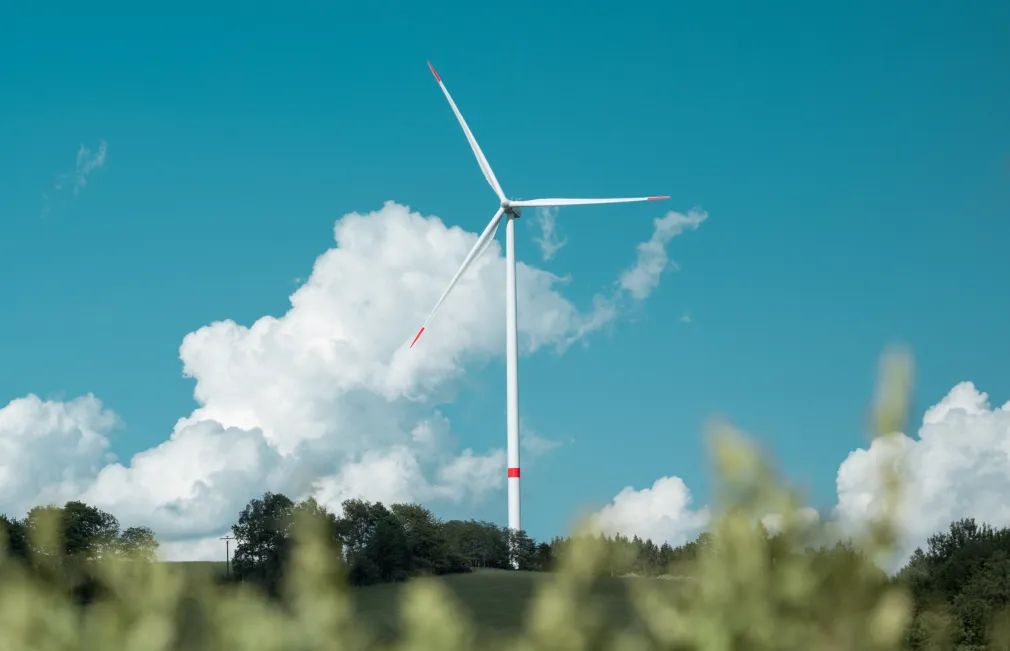How does comundo work (and what is accurate emissions data anyway)?
.webp)
Every carbon accounting company claims accurate data. And understandably so – it’s what you want (and need) for your ESG reporting if you want to live up to the GHG Protocol.
But the devil, as always, is in the detail and the detail in this case lies in how you define accuracy.
There’s ballpark accuracy. And then there’s actual accuracy.
What you get from most carbon accounting companies is the ballpark. Sure, it’ll fill out the forms and tick the boxes. But if you want to make your reporting as audit-friendly as possible, set exact benchmarks for energy optimisation projects or be as precise with your CO2e data as you are with your financial data, ballpark accuracy won’t do.
You need actual accuracy. And that’s just what we do.
At comundo, our process relies on two main factors: consumption and CO2 (CO2e*) emission factors – standard practice for any company providing emission data. What makes us different is how we collect the data and how we calculate the data.
First, the way others do it.
Old energy data and average emission factors
The easy way for carbon accounting companies to calculate carbon emission data is by asking you – the customer – to use invoices from your energy supplier.
If you’re lucky, they’ll pull the data from the invoices automatically. But if you’re unlucky you’ll have to do this all manually which isn’t just a tiresome and time-consuming task, it’s also prone to human error (hello, fat fingers).
Then they’ll use emission factor averages.
An emission factor, if you don’t know, represents the relationship between the amount of pollution produced and the amount of raw material processed (e.g. burnt).
The quick and easy way to use emission factors is to use the annual average, but given that they can vary for the same energy type depending on the supplier, location or even time of day (electricity emission factors change hourly), there can be a lot of discrepancies.
Put these averages and the invoice data together and, well, you probably shouldn’t be using the result as a benchmark (or for reporting).
Meanwhile, at comundo …
The first step we take to give you actual accurate data is to collect a property’s consumption of supply data** from the energy supplier.
There are two ways we do this.
If the energy supplier offers an API (an API is essentially technology that allows different systems to talk to each other) we will use this, but if an API is not available, we build a bespoke integration for your supplier.
This means no manual work (adios, Excel) and no monthly/quarterly/annual invoice uploads. A relief for everyone.
These integrations can be quite different from one another (depending on energy source, provider and even the country), but they all serve the same purpose; they connect comundo to supply sources, such as electricity, district heating, water and natural gas, to enable the collection of accurate consumption data.
Since a property is typically connected to various supply sources like electricity, water, district heating, or natural gas, it is natural that the consumption is disclosed in various units of measurement. The same is true for emission factors. Therefore, a crucial step in our operations is to ensure that the units of measurement from both consumption and emission factors align.
For some supply sources like electricity, our integrations allow us to receive data hourly. This means that instead of having one calculation per year (consumption x emission factor) we have more than 8,700 calculations to perform!
Once that is done, we’re ready to calculate CO2e emissions.
When it comes to CO2e emission factors, we use the highest quality emission factor based on the GHG protocol (the official framework for doing carbon accounting) principles. They state that emission factors should be relevant, complete, consistent, transparent and accurate. And that’s just what ours are.
Emission factors can vary for the same energy type depending on the supplier, location or even time of day (electricity emission factors change hourly). We always make sure to research emission factor availability and utilise the best-suited emission factors. As an example, we apply different emission factors for the more than 350 district heating providers in Denmark alone!
And that’s it.
Your emission data is as accurate as it can be, which means you can have a fully auditable and transparent climate report; set reliable benchmarks; apply for any climate-related certification without any worries; be compliant with any legislation; and much more.
It’s pretty simple, really.
*In essence, CO2 is a specific greenhouse gas, while CO2e is a way to express the combined impact of multiple greenhouse gases in terms of their equivalent CO2 emissions
**If a property has multiple meters (for example, 10 meters), we collect data from each one. In our system, meter data is the most granular data, and a property is treated as a collection of meters


.webp)
.webp)